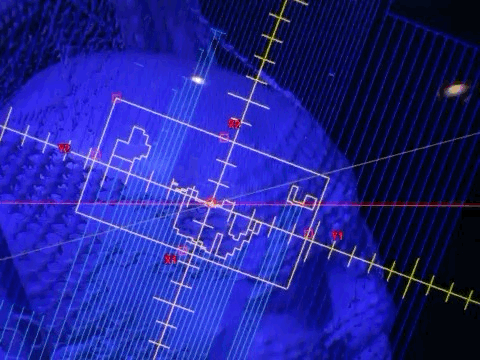Stereotactic
Radiosurgery
Radiosurgery is a non-invasive treatment that uses focused radiation beams to target and destroy tumors or abnormal tissues. It is precise and often requires fewer sessions than traditional radiation therapy.
Unleash the Power
Innovative Solutions for Modern Challenges
High Precision
Stereotactic radiosurgery uses advanced imaging and computer-guided techniques to deliver highly focused radiation beams to precisely target tumors or abnormalities in the brain and other areas of the body.
Non-Invasive
Unlike traditional surgery, SRS is a non-invasive procedure that does not require any incisions or anesthesia, making it a safer option with a quicker recovery time.
Single or Few Sessions
SRS typically involves only one or a few treatment sessions, making it a convenient option for patients compared to multiple sessions of traditional radiation therapy.
Effective for Various Conditions
SRS is highly effective in treating a range of conditions, including brain tumors, arteriovenous malformations, and functional disorders like trigeminal neuralgia.
CASE STUDIES
Explore our comprehensive selection of services that cater to a variety of needs, ensuring complete customer satisfaction.

01
Brain Metastasis
Explore how radiosurgery precisely targets tumors with minimal damage to surrounding tissues through this case study.
02
Meningioma
Meningioma is a type of brain tumor that forms on the membranes covering the brain and spinal cord. Radiation therapy can be used to shrink or control the growth of the tumor, especially if surgery isn’t an option or if the tumor returns after treatment.


03
Trigeminal Neuralgia
Trigeminal neuralgia is a condition that causes severe, sudden facial pain, often triggered by everyday activities like talking or brushing teeth. Radiation therapy, such as stereotactic radiosurgery, can help relieve this pain by targeting and damaging the nerve causing the discomfort, reducing its ability to send pain signals.
